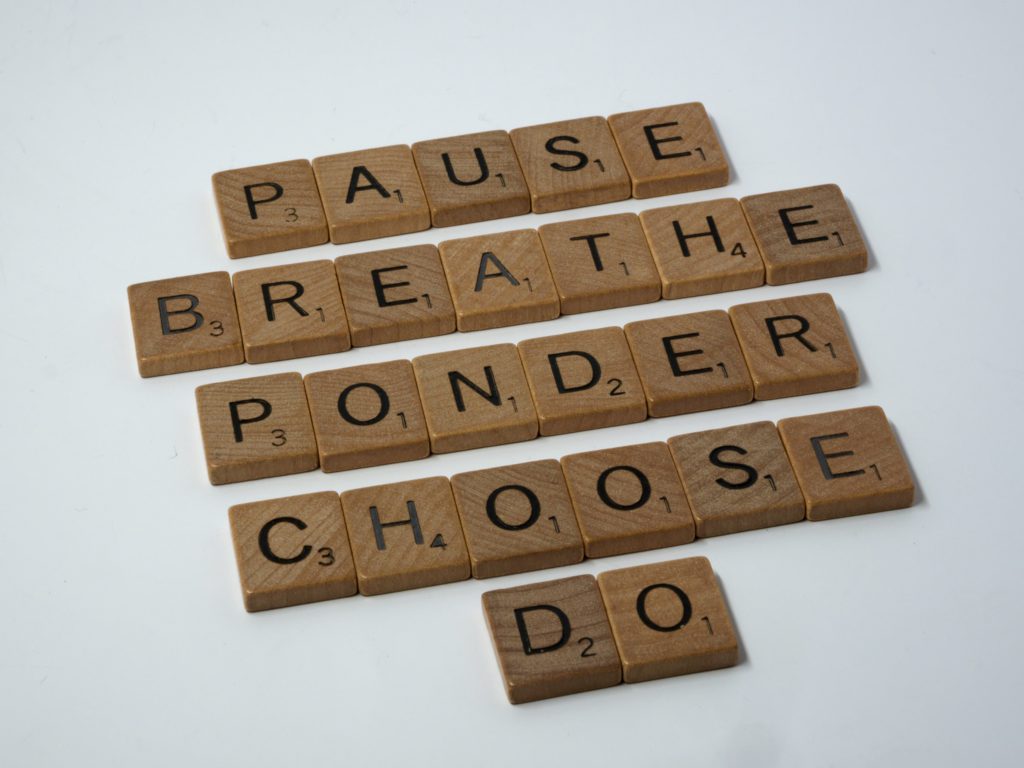Breathing: it’s a seemingly straightforward process involving the respiratory transfer of oxygen intake and carbon dioxide output. On a day-to-day basis, the act of breathing is rarely on the forefront of our minds, as it is often an unconscious process. However, breathing is in fact one of the few vital bodily functions that can be regulated both consciously and unconsciously. This interchangeable control certainly benefits us, as we can manipulate and adjust our breathing patterns as we see fit. We place our respiratory system on unconscious autopilot when we are resting. We regulate this process consciously when we are singing, exercising, or blowing up a balloon. We even employ a rule of thumb that most of us have been taught, which is to take a few deep breaths when we are feeling overwhelmed or in great distress. However, it’s not often that the average person consistently engages in breathing exercises with the specific goal of benefitting their health. Dating back to the first millennium BC, the breath was regarded as holding significant power and energy. In the early 20th century, German psychiatrist Johannes Heinrich Schultz developed a relaxation method that centered on breath control and deep breathing exercises; this was meant to promote deep relaxation throughout the body. In the modern age, mindfulness meditation has been given its day in the sun, with practitioners and scientific community alike deeming it a significant and effective means to achieve psychological and physical well-being. But how exactly does the simple process of breathing promote good health?
The Direct Correlation Between Deep Breathing and the Parasympathetic System

The autonomic nervous system (ANS) is the system that controls unconscious and involuntary processes in the body. This includes, but is not limited to, digestion, metabolism, heartbeat, blood pressure, and breathing rate. The autonomic nervous system is divided into two branches: the sympathetic nervous system and the parasympathetic nervous system. The sympathetic nervous system is responsible for our fight-or-flight response. This is what prepares our body for stressful and potentially dangerous or threatening situations. It doesn’t take a life-or-death situation to alert the sympathetic nervous system. In fact, something as harmless as exposure to the cold or dipping your hand in ice water will activate a fight-or-flight response. This can entail an increase in heart rate, blood vessel constriction, goosebumps, and increased blood pressure, amongst several other responses. On the other hand, the parasympathetic nervous system relaxes the body following a period of sympathetic activation. Activated to counter the preceding fight-or-flight response, the parasympathetic system encourages a “rest and digest” period. This entails reduced heart rate, reduced blood pressure, increased digestion, and increased blood flow, amongst other restorative functions. When your body is in a state of calm and relaxation, it is your parasympathetic nervous system that has control of the reigns. This gives your body the opportunity to recover and recompose itself following a stressful experience.
The body requires both sympathetic and parasympathetic divisions for survival and biological functionality. The key is to strike a proper balance between the activation of these two responses. Over-activation of the sympathetic nervous system can lead to a myriad of perceivable problems. Over time, the sympathetic responses will become exaggerated, leading things like small allergic reactions to escalate into hives and rashes. This over-activation of sympathetic nervous activity, when coupled with insufficient parasympathetic activation, can lead to a weakened immune system, persistently high blood pressure, excessive oxidative stress. This also lends to a higher risk of heart disease, kidney disease, and even dementia.

Our health and well-being requires us to find the sweet spot between these two responses. How do we achieve this, you might ask? Deep breathing directly assists in activating the parasympathetic nervous system. In fact, restrictive breathing actually triggers cortisol spikes. Cortisol is the body’s primary stress hormone, most commonly known for its role in our fear response and our emotions. Cortisol also functions to regulate our immune response and metabolic processes. Unhealthy or restrictive breathing patterns will set off a release of cortisol. This leads to higher blood pressure and heart rate, as well as increased risk for heart disease and suppressed immune responses. What can be done to better regulate our cortisol output? Deep breathing exercises effectively stimulate the vagus nerve, which subsequently alerts the parasympathetic nervous system to reduce blood pressure, heart rate, and cortisol.
The Art of Mindfulness

The sympathetic nervous system is often referred to as the “stress response.” As we’ve discussed, an overactive stress response can lead to a myriad of health concerns and conditions. While such a system comes in mighty handy in the event of threatening or dangerous situations, it can be quite detrimental when too frequently stimulated. Insomnia, brain fog, reduced pain tolerance, depression, and anxiety are all psychological consequences of stress. Sometimes, it feels like being human and being stressed are quite synonymous. In many cases, life’s external stressors simply aren’t in our control. What is in our control, however, is our ability to proactively counter our body’s stress responses.
For the majority of us, shallow chest breathing is our most natural, unconscious mode. This is unfortunate, because deep abdominal breathing has actually proven more beneficial to one’s health. When we take shallow breaths, we eventually restrict our diaphragmatic muscle’s range of motion. This means that part of our lungs are deprived of oxygen intake at all times. Shallow chest breathing often leads to shortness of breath and anxiety. This causes us to breathe even more shallowly and quickly, both through an involuntary response and in the hope of receiving more oxygenated air. Ironically, this only exacerbates the symptoms, as our lungs are still not able to receive the amount of the oxygenated air they so desperately require. Consciously and mindfully taking deep breaths productively engages the abdomen. The combination of engaging these muscles and devoting a block of time to breathing exercises will allow your parasympathetic nervous system to kick in.

Try a breathing exercise for yourself right now: close your eyes and breathe in through the nostrils, allowing your belly to fill with air. Once your belly is fully inflated, breathe out through either your nostrils or mouth. As you cycle through your breaths, be aware of where your mind is. You can focus only on the breath, a scenic image or mantra in your mind, or simply the present moment. If your mind strays away for a moment, that’s okay! Gently nudge it back into the center of awareness.
Dedicating a mere 20 minutes to breathwork each day can have a remarkable effect on your physical health. If you are struggling with stress, anxiety, or depression, mindfulness is an extremely effective method of combating these overwhelming emotions. What exactly is mindfulness? Simply put, it is a pure state of awareness and self-acceptance. Devoid of life’s stressors, ruminating patterns, and frantic mental checklists of what needs to be done for the day, mindfulness draws you into the present. It minimizes the noise in your life, and gives you time to operate with a clear headspace. Over time, mindfulness becomes second nature; the brain becomes conditioned to place less focus on the anxious thoughts of the past and future, and greater focus on the present calm. For more information on the topic, check out this article on the scientifically-backed benefits of mindfulness!


